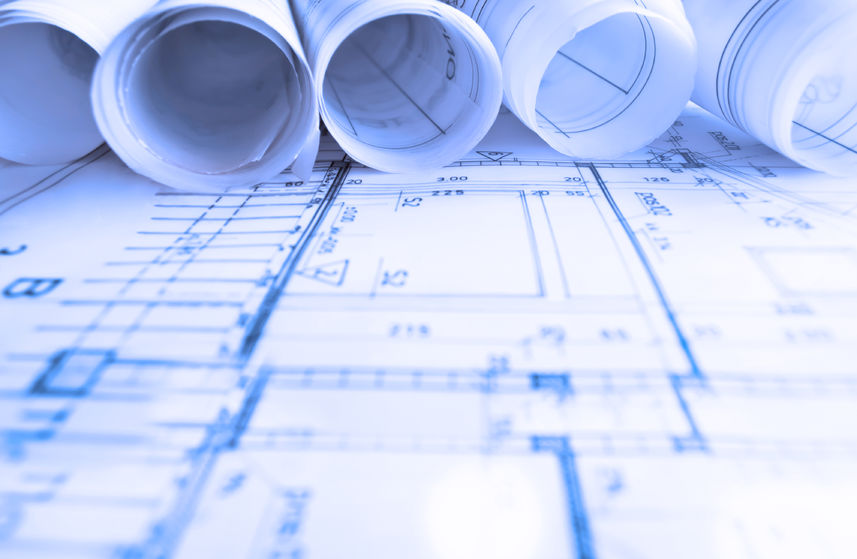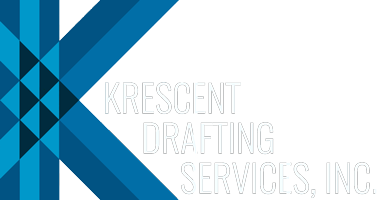More About Blueprints
More About Blueprints
Blueprints were first developed by John Herschel, a chemist, astronomer, and photographer in 1842.
The process begins with an image drawn on semi-transparent paper, which is laid on top of a sheet of paper or cloth. The paper or cloth is pre-coated with a photosensitive mixture of chemicals. When these chemicals are exposed to light they turn blue. By this process, the lines of the drawing block the light from hitting the chemicals leaving these lines white while the background is turned blue – hence the term, blueprint.
Blueprinting was originally invented as an inexpensive way to make copies of notes and drawings. With its introduction in the late 1800’s American architectural offices found this method of reproducing architectural drawing to be one tenth of the cost of hand traced reproductions. The speed with which copies could be made was also greatly increased. As a result it gained widespread commercial use in this field.
As technology made advances in the printing and copying process, the old method of blueprinting has been replaced by even more advanced and efficient ways of producing architectural drawings, but the term “blueprint” continues to be commonly used to identify architectural drawings as well as design drawings in other fields.

